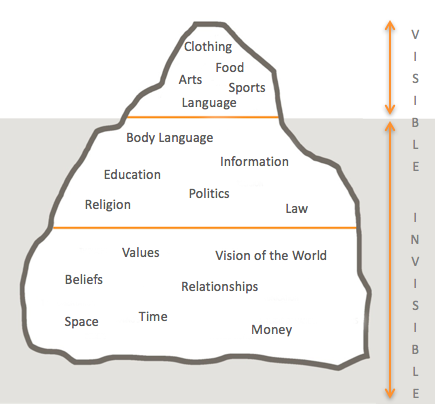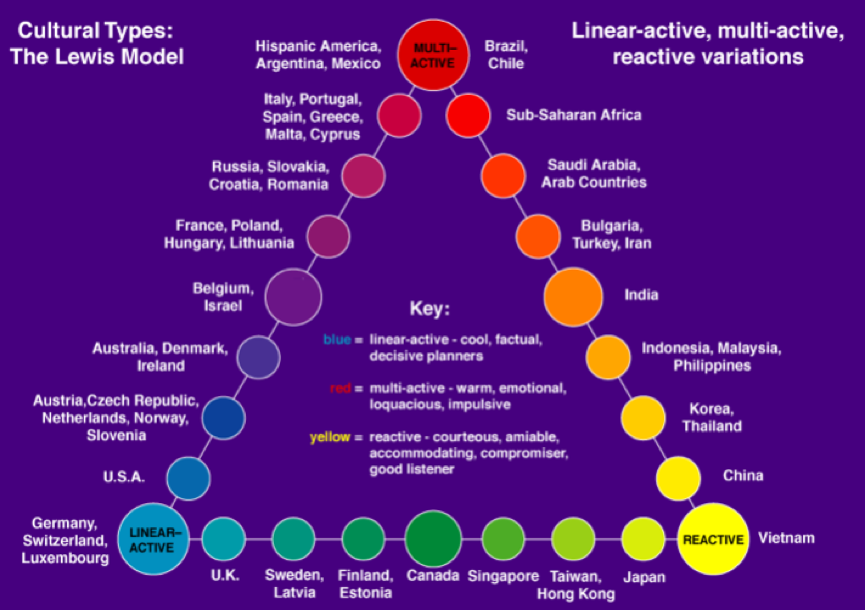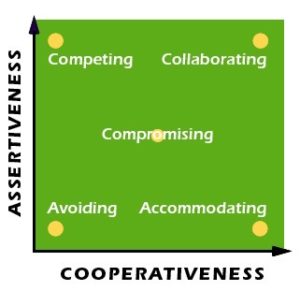Leadership & Team Development
Nº 144
Supporting Each Other in Career Development
Women leaders show an impressively high level of dedication and goal orientation that not only matches men’s, but in some instances surpasses theirs. Additionally, the women’s mixture of toughness and softness interwoven in their leadership styles made a big difference that proved crucial to the outstanding results of their teams.
Taking that understanding into account means that we, as female leaders, can do a lot more to support other women in their career development.
However, let’s not restrict ourselves with just women-to-women dynamics, as I have personally encountered many wonderful very senior male leaders that were outstanding mentors in areas where I felt I lacked strategic knowledge or analytical understanding.
Indeed, realizing all available options is a good head start in determining what, exactly, one needs to develop in their career. It’s been my experience that by getting a clearer understanding and clarifying my needs, I can better assess the “right” channel to pursue assistance.
Listening recently to a female senior executive at a leadership summit, I took away some insights she stated as a key in everyone’s development:
- The best way to predict the future is to create it
- Bring your best self to work
- Diversity of culture is important
- Everything is about being authentic and coming from the heart
I can’t tell you how much that resonated with everything I have done in my personal and professional development. Let me tell you a little story about my own development, and the passion that I had to make a difference:
It all started mid 2006 in a meeting with some of the brightest female executive minds in the industry.
We’d met to consider how to create a network of successful female leaders and, ultimately, identify the incredible impact this could have on the wider landscape by giving us the opportunity to share our experiences, mentor, and support each other, and shape inspiring stories from our community.
We rose to the challenge to lead this idea from conception to reality. With no specific knowledge in the area, we set about building our community, spurred on by a belief in ourselves that we would make it happen, as well as the empowerment and trust of our sponsor.
We continued to be hugely motivated and, as a result, rapidly grew with no intention of slowing down. We met and partnered with many wonderful leaders, and welcomed anyone who came to us with new ideas and a passion for what they do.
By doing so, we enhanced our own personal growth, breaking barriers and creating deep and long-lasting business relationships and friendships. Even though we operated in what was still a very conservative business environment, we knew we were setting the foundation for a long-lasting platform.
I strongly believe that we, as female leaders, need to “walk the talk.”
Why do we need to walk the talk?
Because we must continue shaping the industry with the strongest impact, the most forward-thinking innovation, and biggest inclusion possible. This, we can only achieve by speaking up, and by engaging and daring to have a different perspective. It is our responsibility to ensure that our daughters and sons don’t need to talk about gender parity anymore.
There are so many ways to get personally involved, starting with:
- D&I initiatives within corporations – a fantastic platform to engage, initiate, and participate in already existing networks. It is a fantastic opportunity to learn and network across industry
- Mentor young professionals and/or sign up as a mentee
- Trust your intuition and provide insights
- Share your story – what made you successful
- Take center stage in the coming revolution!






 There’s a team development activity I use often. Personally, I think it’s fantastic, letting you recognize team dynamics in a very short time: different personality types, ambitions, and behaviors. It’s called “
There’s a team development activity I use often. Personally, I think it’s fantastic, letting you recognize team dynamics in a very short time: different personality types, ambitions, and behaviors. It’s called “